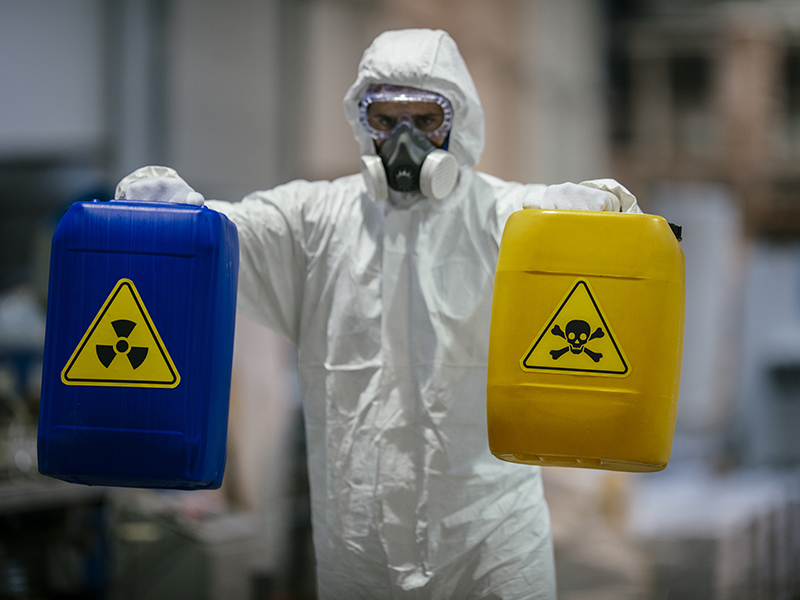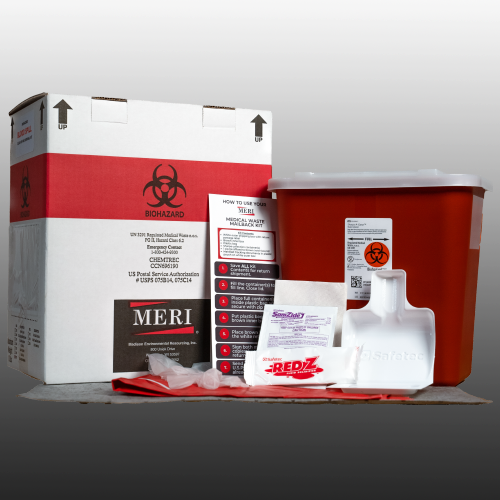Decomposition Death Clean Up: Specialized and Respectful Remediation
Decomposition Death Clean Up: Specialized and Respectful Remediation
Blog Article
Expert Biohazard Cleansing and Purification for Blood, Bodily Fluids, and Hazardous Materials
The potential health and wellness dangers associated with exposure to biohazards highlight the vital requirement for meticulous handling and thorough cleaning. As we browse the elaborate landscape of biohazard clean-up, recognizing the nuances of guidelines, compliance, and the customized equipment at play becomes important in making sure a safe and complete decontamination process.
Health And Wellness Dangers of Biohazard Exposure
Direct exposure to biohazards poses considerable health and wellness dangers that can cause severe effects for areas and people alike. Biohazards encompass a vast array of biological substances, consisting of blood, bodily liquids, mold, bacteria, infections, and various other possibly infectious materials. When people come right into call with these biohazards, whether through mishaps, inappropriate handling, or environmental direct exposure, they encounter the risk of contracting significant illnesses or diseases.
Among the primary health threats related to biohazard direct exposure is the transmission of transmittable conditions. Bloodborne pathogens such as HIV, hepatitis B and C, and different microorganisms can be present in biohazardous products, positioning a straight hazard to human health and wellness. Inhaling air-borne biohazards like mold spores or coming right into contact with infected surfaces can also cause respiratory problems, allergies, and various other unfavorable wellness results.
Additionally, biohazard exposure can have long-term wellness effects, with some conditions materializing years after the first contact (Blood Cleanup). For that reason, it is vital to focus on correct biohazard cleaning and decontamination to alleviate these health and wellness risks and guarantee the safety and security of people and neighborhoods

Specialized Training for Biohazard Cleanup
When it concerns managing biohazard cleanup successfully and safely, specialized training plays a fundamental role in making sure proper purification treatments are adhered to. Biohazard cleaning calls for certain understanding and skills to successfully reduce threats connected with bloodborne virus, physical liquids, and hazardous materials. Experts educated in biohazard cleanup undertake extensive direction on how to safely manage, get rid of, and take care of biohazardous products to stop contamination and exposure.
Specialized training for biohazard cleanup covers a range of crucial subjects, including appropriate individual safety equipment (PPE) usage, bloodborne virus understanding, decontamination methods, and harmful waste disposal protocols. People trained in biohazard cleaning are outfitted with the needed expertise to examine contamination levels, determine possible hazards, and implement suitable cleanup procedures in conformity with regulatory standards.
Continuous training and education and learning are extremely important in the area of biohazard clean-up to remain upgraded on the current purification technologies, safety procedures, and guidelines. By buying specialized training, biohazard cleanup professionals can successfully respond to emergency cleanup circumstances and secure both public health and the atmosphere.
Relevance of Correct Decontamination Strategies
Making use of appropriate purification strategies is vital in biohazard cleanup to properly get rid of dangerous materials and lessen health dangers. Effective purification not just ensures the removal of noticeable traces of blood, bodily fluids, and other biohazards yet additionally targets unseen pathogens this that might position severe health hazards otherwise correctly gotten rid of. By following rigorous purification protocols, educated experts can dramatically reduce the threat of direct exposure to harmful microorganisms, infections, and microorganisms that could lead to conditions or infections.
Appropriate purification techniques entail using customized equipment and disinfectants that are especially designed to reduce the effects of biohazards efficiently. Comprehensive cleansing and disinfection of polluted locations are crucial to avoid the spread of virus and make sure a risk-free atmosphere for owners. Additionally, the right disposal of biohazardous waste adhering to decontamination procedures is important in preventing contamination of other surfaces or individuals.

Tools and Devices for Safe Cleanup
When dealing with blood, physical liquids, or dangerous products, biohazard cleaning specialists count on specialized gear to reduce direct exposure threats and extensively decontaminate the afflicted location. In addition, biohazard cleansing sets containing disinfectants, absorbent materials, and biohazard bags are used to securely have and dispose of infected items.
Advanced cleaning devices like hospital-grade disinfectants, HEPA-filtered vacuum cleaners, and fogging machines are utilized to disinfect surfaces and get rid of biohazards efficiently. Specialized devices such as sharps containers and biohazard garbage disposal bins are utilized to safely take care of sharp objects and biohazardous waste products. By using the ideal equipment and devices, biohazard cleaning professionals can ensure a detailed cleaning procedure that focuses on safety and reduces health threats for both employees and residents of the affected room.
Laws and Compliance in Biohazard Cleansing
Proper adherence to guidelines and conformity standards is paramount in biohazard cleaning to make sure the safety and security of both personnel and the atmosphere. Federal government firms such as OSHA (Occupational Safety And Security and Health And Wellness Administration) and the EPA (Epa) have actually developed particular standards for biohazard clean-up procedures to reduce wellness dangers and ecological contamination. These guidelines cover a series of aspects including the handling, transport, and disposal of biohazardous products, along with the essential training and protective devices needed for employees involved in the cleaning process.
Biohazard cleansing business should remain updated with these regulations to ensure that their procedures fulfill the needed safety requirements. browse this site Failing to abide by these regulations can lead to serious consequences, consisting of fines, lawful action, and endangering the wellness of people and the atmosphere. By adhering to stringent laws and compliance steps, biohazard cleaning firms can efficiently alleviate risks and make certain a risk-free and extensive cleanup procedure for all parties involved.
Conclusion
To conclude, biohazard cleansing and decontamination call for specialized training, proper methods, and adherence to policies. Exposure to blood, physical liquids, and harmful products positions substantial wellness threats, making it crucial to use the ideal equipment and tools for secure cleaning. By complying with rigorous protocols and guidelines, experts can effectively reduce the threats related to biohazard direct exposure and make sure the safety and security of both themselves and others.
As we navigate the complex landscape of biohazard cleaning, recognizing the subtleties of policies, conformity, and the specific equipment at play comes to be vital in ensuring a detailed and risk-free company website decontamination procedure. (Blood Cleanup)
When it comes to dealing with biohazard cleaning efficiently and safely, specialized training plays an essential duty in making certain correct purification treatments are followed.Making use of proper purification strategies is vital in biohazard clean-up to properly eliminate hazardous materials and lessen health dangers. Additionally, biohazard cleaning sets containing anti-bacterials, absorptive materials, and biohazard bags are made use of to securely consist of and get rid of of polluted things.
Federal government companies such as OSHA (Occupational Safety And Security and Health And Wellness Management) and the EPA (Environmental Defense Agency) have developed particular guidelines for biohazard clean-up procedures to lessen wellness risks and environmental contamination.
Report this page